Since it became a thing for humans to exchange one good for another, people have always found a way to spread the word about what they have. The times when we exchanged salt for fish are long gone, but even now, with our fancy gadgets and the internet, we are still trying to drum up interest in our products and services. The only thing that’s changed is the way we do it. From word of mouth to books, TV, and now digital PR – we have come a long way.
At this point, everyone in the marketing world has probably heard about PR link building strategy. It is one of the most powerful ways to get your content discovered by the right audience, increase your rankings, and improve your overall marketing results. In this article, we will look at how it works and the ways you can integrate this tactic into your digital marketing strategy.
PR Link Building Explained
Link building is all about getting backlinks. What are those? Backlinks are basically links from other sites that point back to yours. At the same time, PR link building is a type of strategy that helps you gain those backlinks from news and media sites, industry blogs, publications, journals, and other high-quality pages. Think of it as basically using the entire internet to create a buzz and build hype around your brand.
The goal is to get your company in front of many “relevant” eyes and hopefully make it the center of (positive) attention for a while. So, you network with journalists and media in return for some backlinks pointing to your website. These types of links can have a lot of impact on your brand image, SEO, and lead generation.
How Do Public Relations Backlinks Improve SEO?
Digital PR link building tactics have one clear goal – use all available online channels to push strategic brand growth. This set of tactics is intentionally designed to shine the spotlight on your brand, leading to results like:
- Better brand visibility. The first outcome you notice is that suddenly, more people are aware of your brand’s existence. This increased exposure and visibility has a lot of ripple effects on all your digital marketing efforts. And, of course, you’ve guessed it – you have much better chances of landing new leads and paying clients.
- Boost your brand reputation. People tend to trust a brand more when there are a lot of other people vouching for that company. This is why digital PR is so important. When you appear on trusted news sites or influencers’ pages, you earn more trust and credibility.
- Improved search rankings. What positions do your web pages rank in search results right now? No matter what those are, they can always get better (at least for some pages). Links can help boost your rankings, pushing your website and content to the top of search results where more people will see it. Why do your positions in search engines matter at all?
The numbers show that most people click only on the first search result. The lower the ranking position is, the fewer clicks you get. The page ranked as top 1 for any keyword gets, on average, 27.6% more clicks than the rest. What’s more – only 1% of users bother to check what’s on the second page. So, you definitely want to be as high as possible in SERPs.
- More targeted traffic. The more links you have, the more traffic you attract. It’s just the basic law of “SEO science.” Over 96% of content gets zero traffic from Google, and one of the reasons is simply because they do not have any links. So, the backlinks you gain won’t only spread the word about your brand but also help you get more clicks and impressions.
Source: Ahrefs
- Increased conversions and profits. More organic traffic means more prospective customers are coming to you. Naturally, you will see an increase in the number of sales even if not everyone ends up converting. Along with the increased sales, you will see an uptick in profits as well (obviously).
- Long-term value. Link building is an SEO strategy, and like all search engine optimization tactics, it offers a more sustainable and cost-effective way to do marketing. You spend less on ads and gain more long-term brand exposure. What’s even better is that the results of your SEO efforts only compound over time, unlike other marketing tactics that trickle off once you stop investing in them (e.g., paid ads).
How to Spot Quality Links That Drive Results for Your Digital Marketing
All digital PR links are not created equal. It would be a shame to put in so much effort only to end up with the wrong links. You know, the kind that tanks your search rankings. So, what makes a link high-quality?
- Domain authority. All good backlinks come from websites that have a good DR/DA rating. These sites have authority, and search engines consider them trustworthy. Links from such pages are like getting reference letters from the best ones in your industry saying you are cool.
- Relevance. If a link comes from a website and content that is in no way related to your niche, then it’s probably not going to have much value. So, aim for pages that are in your niche or at least somehow connected. For example, if you sell K-12 courses, a backlink from accredited school would be relevant. But if you get a link from a fashion blog, it would be misleading for both readers and search engines.
- Anchor text. The words that lead to your link should be relevant and not overly optimized, as well. It can get tempting to stuff in all of your keywords or make it super “salesy,” but this will not work. Instead, using natural anchors that just fit in with the rest of the content, like a glove, will make more sense and get you the desired result.
- Link placement tactics. Think back – when was the last time you clicked on a link while reading a post? Chances are the link was placed somewhere within the main body of the article, and you had an idea of what to expect on the other side as you clicked. This is why link placement and anchor texts are so important. Where you place a link can affect how search engines understand your content and the backlink as well. Get this right, and your page will be indexed faster, and your domain rating will go higher.
Note: The easiest way to analyze your backlink profile is by using outbound link software, whether it’s paid or free. Of course, you can do it manually if you are a beginner and you have just a dozen digital links. But as soon as this number grows, it will get almost impossible, so make sure you find a tool that can help you with that.
5 Top Tactics to Get PR Mentions and Backlinks That Work
So, what are the best ways to start building your PR backlinks? Here are the top 5 easy options to integrate into your digital marketing plan.
#1 Do Something Newsworthy
There is nothing worse than a dry press release. Think about the last time you read through the business section of your favorite news site. The reports that stood out to you were those with not just the big stories but also engaging twists to their story.
You want to do the same thing. Your PR publications should cover an important event or milestone for your company. But more importantly, let it also show the human angle. So you released a new product? Great! Now, how does it affect or add value to the lives of potential customers?
Okay, I know what you are thinking – what if I don’t have any new product launch to announce? But there are still lots of opportunities for press releases if you look closely. Maybe a partnership with another brand or an influencer, a donation to a local charity, an unexpected visit from a celebrity, or participation in any niche-relevant event? All of these things show the brand in a positive light — impacting the lives of their employees and the local communities. Take this post from HRdive, for example:
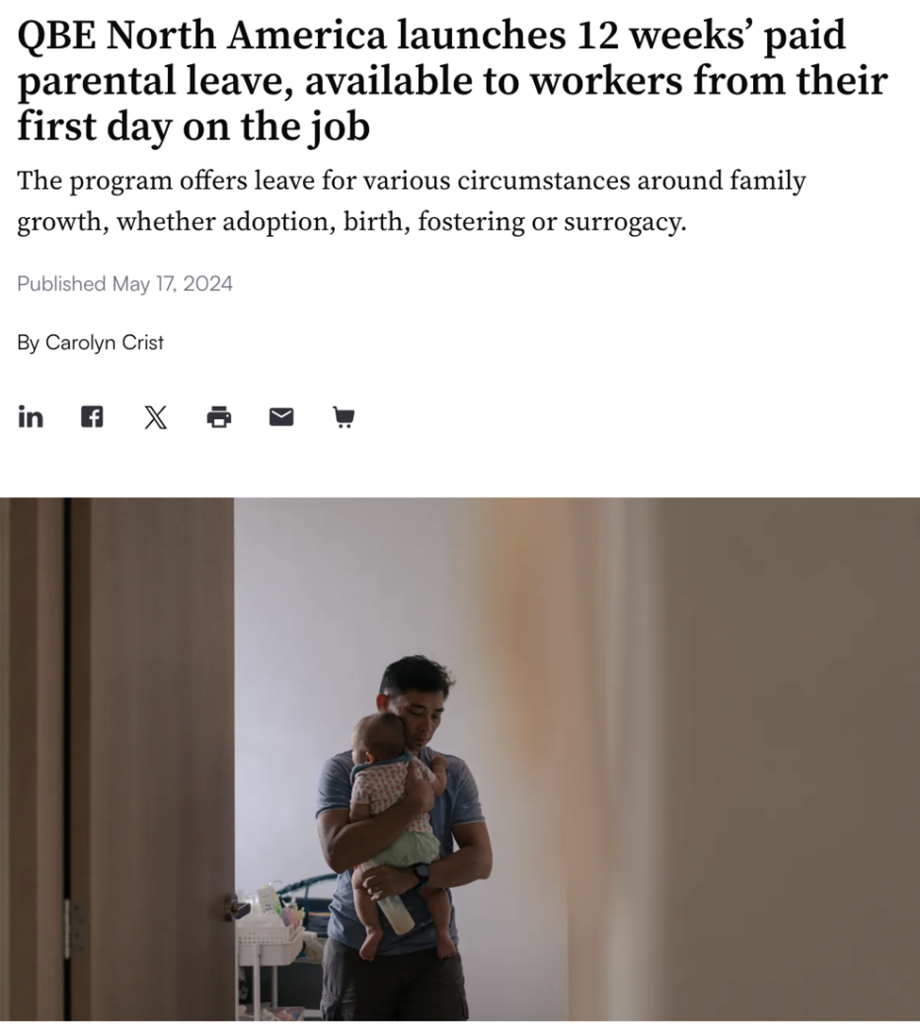
Source: HRDive
This is the sort of thing that generates a lot of buzz, especially in the US where paid parental leave isn’t common. Other news sites might pick interest in sharing the story which means more backlinks for the site.
#2 PR Links Come With Quote-Worthy, Data-Focused Content
Create content that is not just unique but also data-focused and insightful. Know of any new groundbreaking industry trends? Be the first to share them — preferably with the stats summary in the visual format.
You can use infographics, charts, gifs, and videos. This is perfect information that can be later reused in some case studies, surveys, and other blogs. Bonus point: Your rankings will also say thank you if you optimize those visuals for maximum visibility. Here’s an example from HubSpot’s State of Marketing Report 2024:
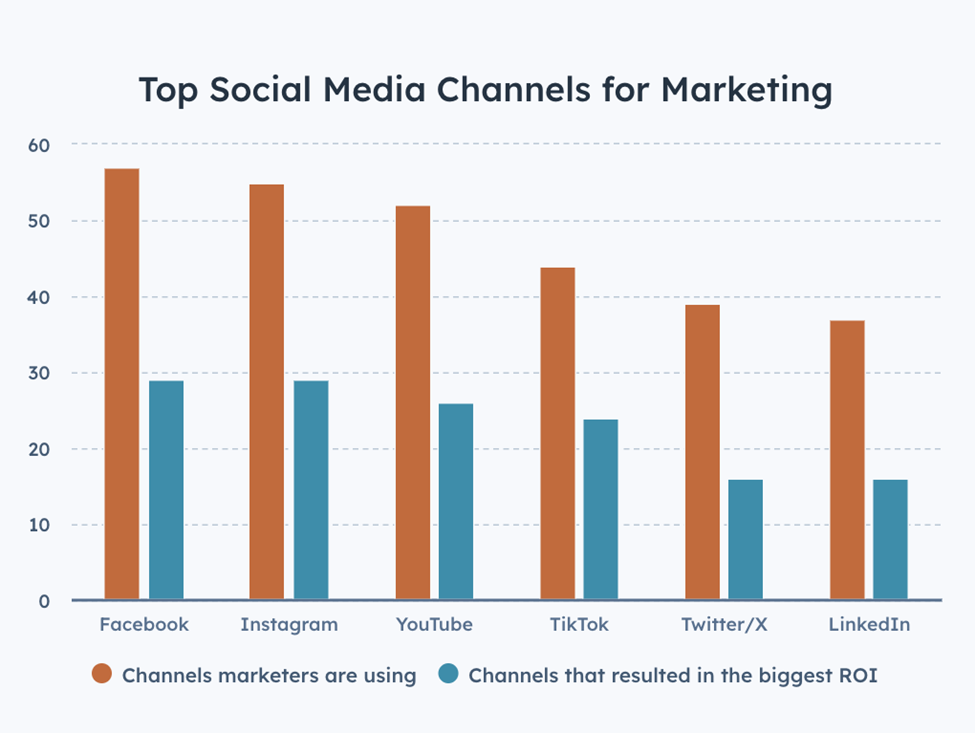
Source: HubSpot
And here is the number of backlinks to this page:
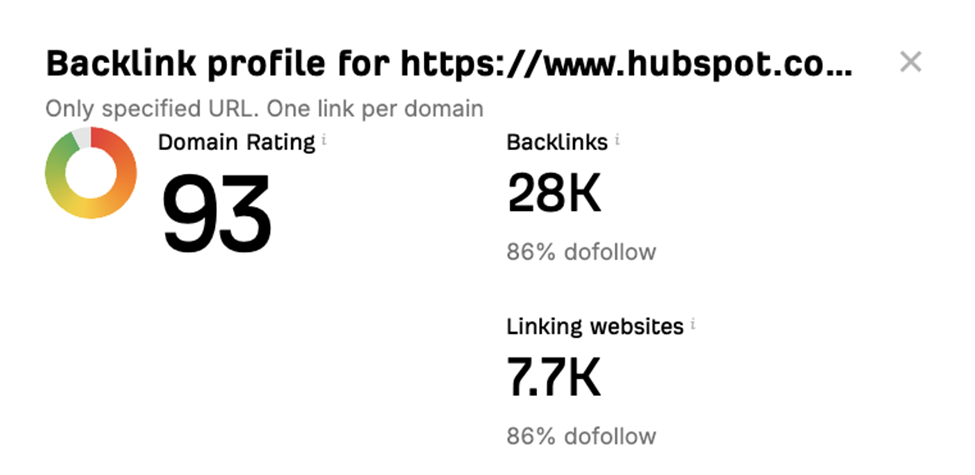
But it isn’t just about data and infographics. There’s also another strategy to making content that people would love to quote and link to. It starts with deep research and a compelling headline. Okay, just to be clear, we are not advocating for clickbait headlines. That would hurt your brand credibility. Your headline should deliver on the promise.
No one wants to open an article that promises to reveal a “special secret” to longevity only to find it’s the same advice medical experts have been saying for years – eat well, get enough sleep, and add some movement in. Sure it is good advice but it’s not a secret either.
But you also need a headline that just grabs the reader’s attention. So, find a way to weave your headline to sound interesting and hook your audience while still being truthful. Skip the overused clichés “world-class, first-class, unrivaled, shocking, secret, etc.” Also, keep in mind that:
- It’s better to keep your title simple and short. There is no use making your headline long-winded.
- Also, since search engines focus on your title tag, you want to optimize it. How? It should be no more than 60 characters and include your main keyword (just 1 is more than enough).
- And, oh, the same principle applies to the actual content. Make it concise with just a couple of keywords here and there – no fluff, no keyword stuffing.
- If you already have good content that fits the bill but it isn’t ranking, consider manual SEO rewriting. You can update data, tweak the topic, or adjust the keywords to make sure your blogs are still worthy of niche-related backlinks.
#3 Cultivate Long-Term Relationships With Journalists
We all know that websites and publications with organic traffic get lots of link insertion proposals. So, imagine how many link requests journalists from reputable media get daily. Naturally, most of them (if not all) get ignored. But if you want to do digital PR link building for the long term, you’ll have to start cultivating friendships with journalists in your niche.
You see, most link building is about networking and providing value in return for backlinks. How do you pull this off? Learn to personalize your outreach and tailor it to each individual. You can say how much you admire their work but don’t come on too strong or you might look like you’re flattering them or, worse, being manipulative.
Offer to share your insider knowledge and emphasize how that would be of value to them. Perhaps the data you have is essential to give an expert perspective on a news report. Stick to the facts only.
When you get your links, don’t disappear into the void. Try to reach out once in a while to keep that bridge strong. You never know who they might link you up with in the future or what other link prospects that friendship could open up for you.
Don’t just use the typical “info@site.com” emails. Try to find people who work there on social media (especially LinkedIn), interact with them, comment on their posts, share your perspective, and reach out to them there.
#4 Become a Resource for Journalists
There are several platforms that connect you to reporters or niche journalists looking to get expert insights into their articles. The most popular one is Connectively (formerly called HARO, short for Help a Reporter Out).
You sign up on this platform, answer questions from journalists and if they use your response, they credit you for it which means you get a link. Of course, you have to beat the other people who are also trying to score some PR backlinks, same as you. So, make sure your answer is experience-based and to the point.
There are also a few other similar platforms with the same idea, like Source Bottle, Terkel, and Help a B2B Writer. If you build a relationship with these journalists, you might be able to leverage that connection to get published in other media or news sites sometime in the future. This tactic works well if you are consistent with it.
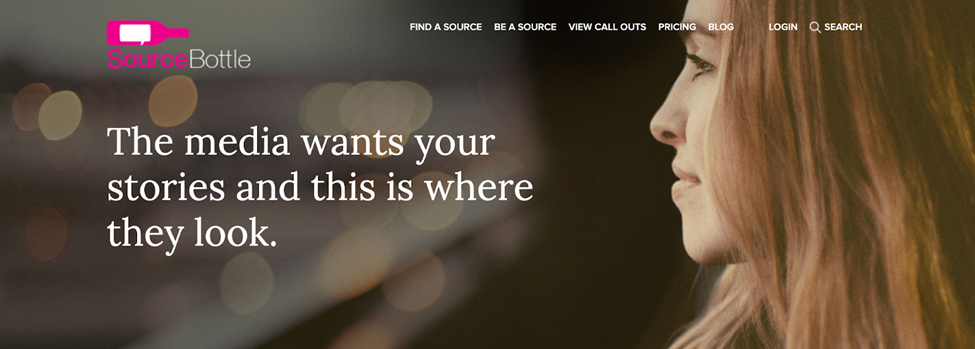
Source: SourceBottle
#5 Jump on Trending News or Content
Sometimes, if you want to get backlinks, you have to be the first to break the news yourself or at least jump in on something trending while it’s still hot. For example, let’s say an XYZ startup announces its own mind-blowing AI tool, and it’s getting trending. What should you do? Right! Create content around this topic if it’s relevant to your niche.
Try to be creative here. You don’t want to write what everyone else is doing. For example, remember how Apple announced its ChatGPT integration. Yes, of course, you can make an overview of that. But what if you create an article on how your company plans to handle the use of mobiles with the new Siri feature in the workplace? Because if you research it, there are multiple radical opinions. So, why not collect them and discuss possible solutions?
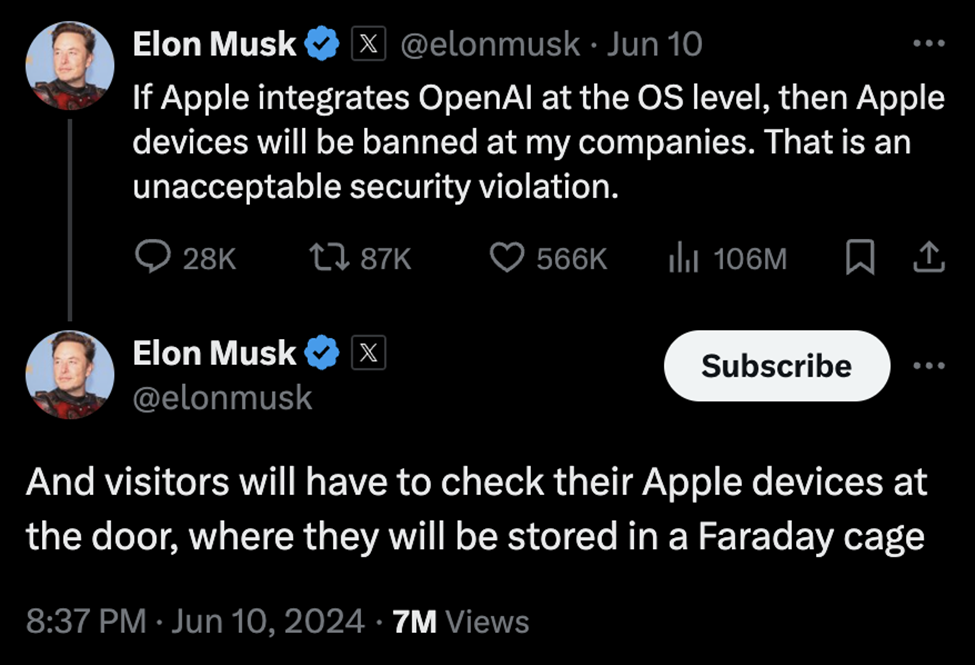
Source: @elonmusk on X
Perhaps, you could focus on finding strategies to integrate the new technology into your workplace (if that works for you). Either way, it was a trending topic and you could easily get a backlink if your company created some interesting content that approached the issue with a unique perspective.
Conclusion
PR link building is not only effective, but it is also still relevant today. In this guide, we’ve seen all the potential benefits this tactic can bring. Now, you are equipped with the best, time-proven tactics that can help you score quality backlinks as fast as possible.
Only the right strategies can help put your brand right where your customers like to hang out. But you need to do it right and focus on relevant, high-authority news sites with organic traffic. If you are lucky to find those, be prepared to build friendships with the journalists for long-term cooperation.
The quality of your content, the topics you choose, as well the timing and relevance – all matter. At any rate, be sure to offer valuable, insightful information that is newsworthy, and you will attract more PR inbound links than you know what to do with.